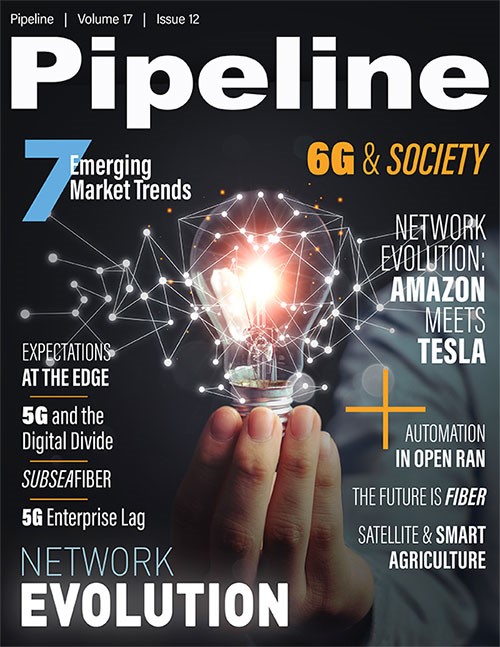Slicing and Dicing Subsea Fiber Networks
The dicing of a subsea fiber pair benefits both the customer and provider. Customers installing their own vendor equipment are in complete control of provisioning and the ability to monitor their own sub-network, removing the responsibility from the provider. Other benefits to both customer and provider are the need for further multiplexing or regenerating equipment at the cable landing stations, which reduces cost, space, and power requirements. Also, less equipment in the network reduces potential points of failure, increasing reliability, which is a win-win situation for both customer and provider. With the changes to how the network is provisioned, reduction in infrastructure and ownership gives the end customer a 20 to 30 percent cost savings.
Benefits for service providers
There are also numerous advantages for service providers in dicing optical spectrum. By sharing the spectrum, service providers can monetize their infrastructure and supply a wider variety of service offerings to their customers. For example, the customer can purchase a swath of spectrum for the life of the system as an IRU or on a lease basis. This spectrum can be managed or unmanaged. Where the spectrum is managed, it is delivered via dedicated end terminal equipment at both locations in a wavelength form; for example, GbE, 10/100/400 Gbit wavelengths. In this scenario, the provider will still manage and provision the end-to-end solution as normal. However, as the customer owns the spectrum and use of the end terminal equipment, only their services will ever utilize the spectrum allocated as well as the end-specific equipment. Alternatively, the customer is provided the raw spectrum where they terminate their own vendor equipment at each end location, which will be their responsibility to manage and provision upon. In both cases, the customer has an irrevocable right of use of the spectrum for the contracted period.
In addition, they will not only benefit from the reliability and speed of the submarine fiber optic cable systems, but they can also leverage their slice as a marketing tool to drive business. Instead of only touting wavelengths and dark fiber networks, service providers have the power to advertise the compelling benefits of using their own subsea optical fiber pair. The bandwidth and reliability of an optical fiber network give their end users confidence that their data will remain secure from the point of origin.
Owning a slice of the spectrum also allows service providers to be freed from monitoring and servicing their customers’ equipment. When customers have the option to choose and use their own equipment, the service provider is no longer responsible for the cost of power to operate the equipment, or the cost of maintenance and repairs. Because of this, service providers save a significant amount of time and resources, increasing their profit margins. By having their own fiber pair, service providers can pass on both the advantages of a high-quality, high-capacity fiber network along with the savings they receive from equipment ownership.
Get a slice of the spectrum
To continue innovating sustainable, high-quality, high-capacity IP and content services connecting different regions of the world, some owners of subsea communications cables have forged strategic partnerships for spectrum-sharing with equipment providers. By leveraging a partnership that marries cable with hardware solutions, service providers can now offer flexible spectrum-sharing POP-to-POP solutions for both core network and customer-specific applications. Such networks have greater spectral efficiencies with extended range. With such a complete platform in place, customers experience minimal impact to the overall capacity of the subsea fiber pair.
This allows customers to take advantage of open cable demarcation, while staying protected from potential optical power instability caused by other tenants on the same fiber pair. Service providers can enhance their network to deliver maximum capacity at the longest reach, while offering more robust service flexibility. This reduces operating costs and delivers savings they can pass on to their customers.



















